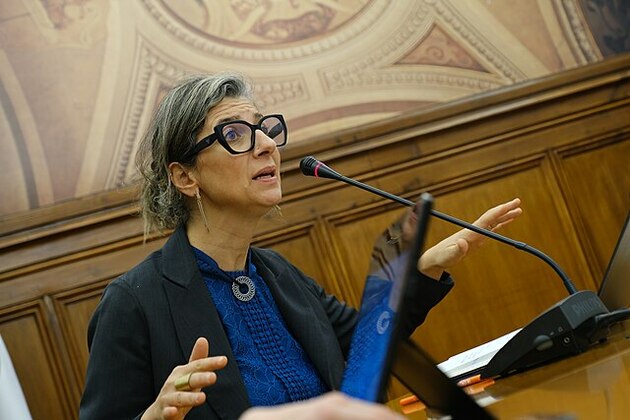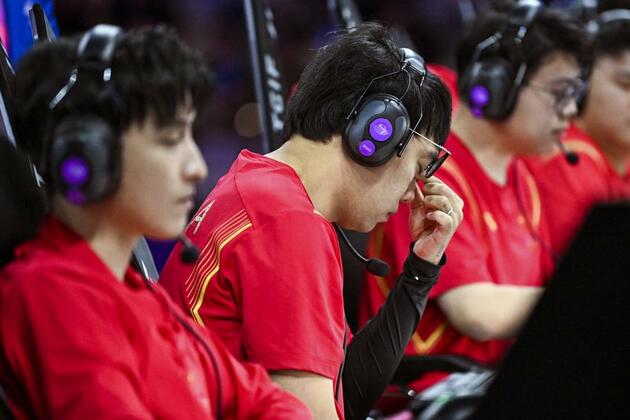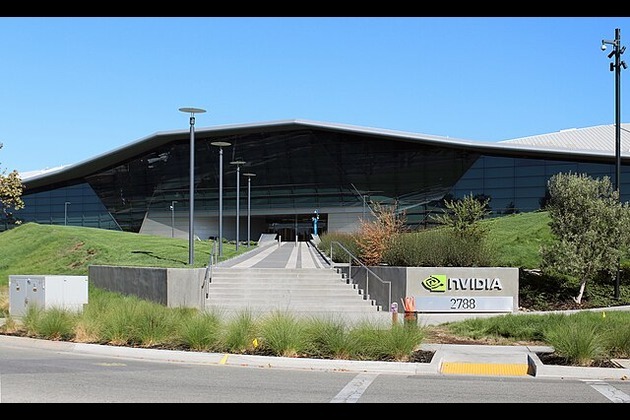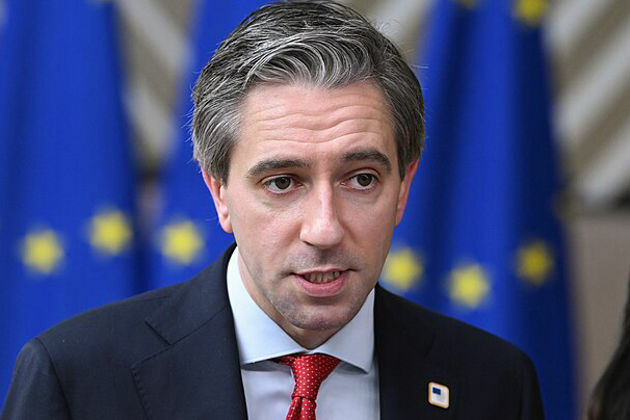Why labour strife at universities should concern us all
The Conversation
27 Jan 2023, 00:08 GMT+10
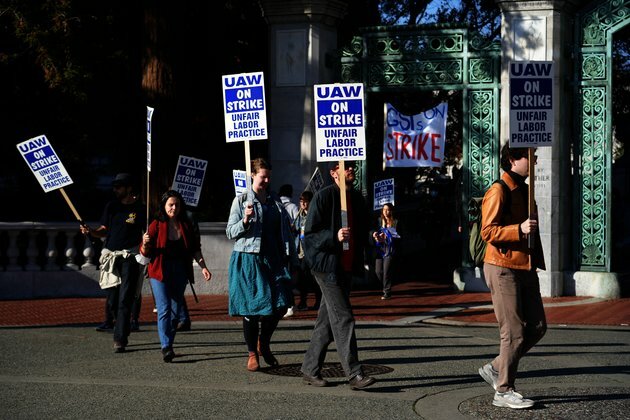
Universities are important public institutions. The education of students and the research undertaken on campuses have a broad impact throughout our economy and society. In Canada, a significant portion of university budgets also comes from government.
In smaller cities and towns, universities are often among the largest employers in addition to serving as important community hubs. Perhaps nowhere has this impact become more apparent than Sudbury, Ont., where - as the province of Ontario's auditor-general reported - mismanagement at Laurentian University led to significant job losses and disruption to the local economy.
Given the public significance of the university sector, the increasing labour unrest that we are seeing there should be of concern to all citizens.
University labour strikes
In 2021-2022, a record six faculty associations were on strike in Canada, at Acadia University, Concordia University Edmonton, the University of Lethbridge, the University of Manitoba, the University of Ontario Institute of Technology and Universite Sainte-Anne.
While faculty union contracts are typically negotiated for three or four years, the uncertainty caused by the COVID-19 pandemic led many universities to negotiate shorter "rollover" agreements that extended previous contracts, usually for a year or two, with their faculty unions.
Many of these are now coming up for negotiation, as are the normal-length contracts that were signed prior to the onset of the pandemic.
According to the Canadian Association of University Teachers, the result is that more than one-half of faculty unions in Canada are in collective bargaining this year.
Given the numbers, it would not be surprising if 2022-2023 sets a new record for the number of faculty strikes. There have already been two strikes in Canada: CUPE 3912, representing teaching assistants and part-time faculty at Dalhousie University, and CUPE 3906, representing similarly classed employees at McMaster University.
How the public understands issues at stake
Contract negotiations can be difficult for many reasons and the public is often in the dark about the issues that ultimately lead to a strike.
While this may be true for any strike, it's especially true in the academic sector. As faculty members who were involved in union communications during our strike at Acadia University in February 2022, we developed an appreciation of the challenges of getting information to the public.
Independently of our union work, we decided to explore more systematically how faculty unions get their message out when contract talks break down.
We have interviewed more than a dozen members of faculty union communications teams at five of the six universities that were on strike last year.
The members we spoke to reported that, despite the significance of universities as public institutions, there was relatively little mainstream media coverage of their strike (and therefore little broad public attention).
We also compared coverage of strikes at Acadia University at the Halifax Chronicle Herald (the largest newspaper in Nova Scotia) in both 2022 and 2007.
We found that the paper ran only six stories about the recent strike during the four-week work disruption. By contrast, the Chronicle Herald ran 17 strike-related stories or columns during a three-week faculty strike at Acadia in 2007.
A recent analysis of media coverage of the strike at the University of California indicates that this is a broader problem within the academic sector as a whole. Specifically, three weeks into the largest academic strike in United States history, the mainstream media had provided scant coverage.
Little critical analysis
Our participants also reported that what little coverage exists tended to be limited in scope.
Much of it merely parroted news releases written by the two opposing sides ("the union says A; the administration says B"), with little critical analysis of either's claims.
They also noted that the focus was often disproportionately on differences in salary proposals, even when salaries were not listed by striking union members as a particularly significant issue.
These limitations in media coverage likely stem from changes to the media landscape over the last couple of decades - in particular, the collapse of traditional revenue models for mainstream media outlets and the corporate consolidation and downsizing that has resulted from that.
The result is media outlets that assign reporters to produce content while investing minimal time and resources.
There are fewer securely employed journalists, and they are stretched thinner and thinner.
Read more: Instead of mourning local news, try paying for it
Turning to social media
To compensate for the lack of detailed coverage in the mainstream media, our research shows that faculty unions are increasingly turning to social media to try to get their message out about key bargaining issues.
These include issues like working conditions of part-time faculty, the need for improved diversity among tenure-track faculty, improved transparency in university governance and class sizes and other students' learning conditions.
However, unions' social media messages are primarily targeted at their members and students. They cannot replace the in-depth coverage of complex, enduring issues that is the purview of mainstream media.
Our ongoing research suggests that important reporting came from outlets that operated at a smaller scale, both geographic and financial.
For example, strike participants at Universite Sainte-Anne, three hours from Halifax, commented on the important, if limited, coverage from the Tri-County Vanguard based in Yarmouth, N.S.
The Vanguard sent a reporter to cover the early days of the union's seven-week strike, whereas the larger English-language media outlets mainly covered the strike when faculty travelled to Halifax or in its final weeks.
Even in those final weeks, CBC Nova Scotia - based in Halifax - relied on photographs submitted by striking faculty rather than sending journalists to the picket lines in Church Point, N.S.
Beat reporters a rarity
Coverage of the University of Manitoba Faculty Association strike was more in-depth in the independently owned Winnipeg Free Press, which, unlike many newspapers, still has an education beat reporter.
The importance of local and independent media in disseminating information about faculty union labour disputes is another aspect of the crisis in the media landscape.
As university labour disputes continue, information about faculty associations' positions and their analyses of why these issues matter can often be found on their social media platforms
In the longer term, however, effective coverage will require policy support for local, independent media outlets, as well as effective professional support for people reporting on labour and education beats that are critical to the public interest.
Authors: Andrew Biro - Professor, Politics, Acadia University | Joseph Hayes - Associate Professor, Psychology, Acadia University | Rachel K. Brickner - Professor of Politics, Acadia University 
 Share
Share
 Tweet
Tweet
 Share
Share
 Flip
Flip
 Email
Email
Watch latest videos
Subscribe and Follow
Get a daily dose of Colorado Star news through our daily email, its complimentary and keeps you fully up to date with world and business news as well.
News RELEASES
Publish news of your business, community or sports group, personnel appointments, major event and more by submitting a news release to Colorado Star.
More InformationInternational Business
SectionOver 60 companies named in UN report on Israel-Gaza conflict
GENEVA, Switzerland: A new United Nations report alleges that dozens of global corporations are profiting from and helping sustain...
Persson family steps up H&M share purchases, sparks buyout talk
LONDON/STOCKHOLM: The Persson family is ramping up its investment in the H&M fashion empire, fueling renewed speculation about a potential...
Shell rejects claim of early merger talks with BP
LONDON, U.K.: British oil giant Shell has denied reports that it is in talks to acquire rival oil company BP. The Wall Street Journal...
Australian PM rejects US pressure to ease biosecurity rules
SYDNEY, Australia: Australia will not ease its strict biosecurity rules during trade talks with the United States, Prime Minister Anthony...
Beijing conference spotlights esports as new engine of digital economy
BEIJING, July 5 (Xinhua) -- No dull rows of chairs and tables, no endless slides of charts and numbers -- instead, a gleaming statue...
Sudan's Khartoum strives to recover amid ongoing civil war
KHARTOUM, July 5 (Xinhua) -- After more than two years of devastating conflict, Sudan's capital Khartoum is slowly emerging from the...
US
SectionEngine defect prompts Nissan to recall over 443,000 vehicles
FRANKLIN, Tennessee: Hundreds of thousands of Nissan and Infiniti vehicles are being recalled across the United States due to a potential...
Microsoft trims jobs to manage soaring AI infrastructure costs
REDMOND, Washington: Microsoft is the latest tech giant to announce significant job cuts, as the financial strain of building next-generation...
Nvidia briefly tops Apple’s record in AI-fueled stock rally
SANTA CLARA, California: Nvidia came within a whisker of making financial history on July 3, briefly surpassing Apple's all-time market...
Ireland’s Deputy PM calls for swift US-Ireland trade agreement
DUBLIN, Ireland: Tánaiste Simon Harris has called on the United States to use every hour to reach a zero-for-zero tariff agreement...
Trump wins $16 million settlement from Paramount over CBS Harris edit
NEW YORK CITY, New York: Paramount has agreed to pay US$16 million to settle a lawsuit brought by U.S. President Donald Trump over...
ICE raids leave crops rotting in California, farmers fear collapse
SACRAMENTO, California: California's multibillion-dollar farms are facing a growing crisis—not from drought or pests, but from a sudden...

